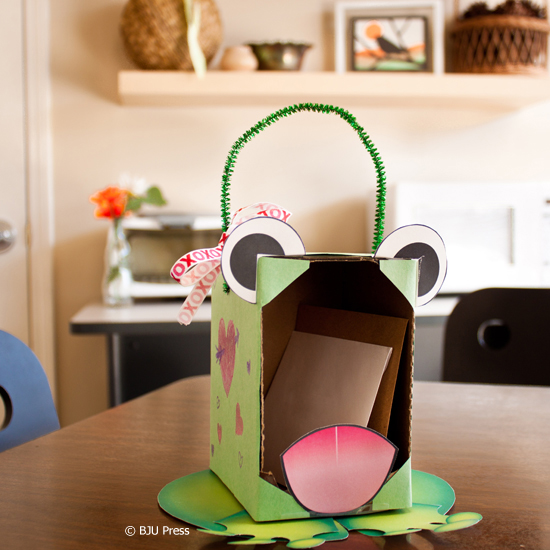Patrick, son of Calpornius, lived in the village of Bannavem Taburniae in Britain. While the year of his birth is not known, he probably lived from around 390 to 460. Patrick was probably raised in a wealthy home, as demonstrated by his knowledge of Latin. Virtually all that we know about Patrick is found in two surviving letters that he wrote: “Confession” and “Letter to Coroticus,” with most of the information coming from the first letter. He begins “Confession” with the words, “I am Patrick, a sinner, most unlearned, the least of all the faithful, and utterly despised by many.” This work was penned near the end of his ministry and provides many interesting details about his life.

Patrick was about sixteen years old when he was carried into captivity during an assault on his village by Irish raiders. He and thousands of other Britons were sold into slavery, with Patrick being taken to Ireland. He was bought by an Irish farmer and sent out to tend the livestock. At the time Patrick was captured, he was not a Christian. In his own words, “I did not know the true God.” However, while serving for about six years as a slave, he turned to God in prayer and received Christ. Following a time of fasting and praying, he dreamed about a man who told him that his captivity would soon end and that a ship was ready for him. Patrick ran away from his master and walked “perhaps two hundred miles” to get to a port, where a ship was preparing to depart for Britain. Through many challenging and dangerous episodes, Patrick managed to make his way back to his family.
He continued to study the Bible and soon had his own “Macedonian call” in the form of a vision that prompted him to return to Ireland as a missionary. Over the next several decades, he tirelessly witnessed—suffering opposition, physical attacks, and imprisonment—to win thousands of Irish people to Christ. Many of these Irish believers demonstrated the reality of their faith by participating in believer’s baptism and thus became targets of persecution, alongside Patrick. While most of the Irish remained pagan and opposed to Christianity, Patrick established many churches and laid the foundation for a strong Christian presence in Ireland.
A number of legends are also connected to Patrick.
- Patrick used the shamrock to explain the Trinity.
- Patrick banished all snakes from Ireland after being attacked by snakes during a time of fasting.
- Patrick’s walking stick once grew into a living tree. (The story goes that Patrick carried a walking stick made from an ash tree. When he would come into a village and begin to present the gospel, he would thrust the walking stick into the ground until he was ready to depart. On one occasion, Patrick labored for a long time to overcome the resistance of the people in the village to the gospel. By the time he was ready to leave, his walking stick had taken root and was growing.)
This brief recounting of his life should answer the question, “Who was Saint Patrick?” If you’re wondering why Christians should remember and honor him, it’s because he was a humble believer who bravely endured decades of harsh resistance in order to bring the gospel to many people in Ireland. He loved the Scripture and quoted from it nearly a hundred times in his two surviving letters. Patrick loved God and gave Him credit for everything he accomplished in his life.
Works Cited
Holmes, J. M. The Real Saint Patrick. Greenville, SC: Ambassador, 1997.
• • • • •
Dennis is the lead writer for BJU Press secondary-level heritage studies materials and holds a PhD in church history. He is the author of First-Generation Anabaptist Ecclesiology, 1525–1561 and occasionally speaks at Christian school conventions and to other groups on various topics, including Islam, Israel, and key events in church history.



 When it’s time to share the valentines, use
When it’s time to share the valentines, use